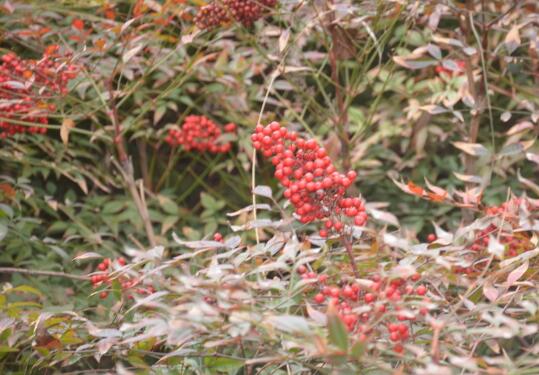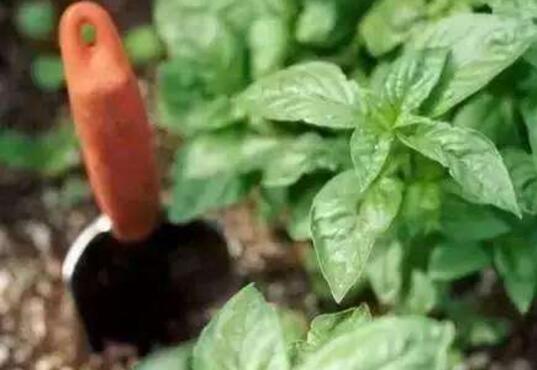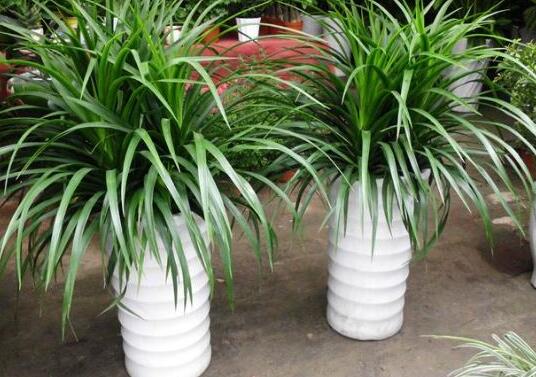How to propagate Phyllostachys pubescens and its propagation methods / sowing / ramet / cuttings
Phyllostachys pubescens is a common flower plant in people's life. There are many people who breed it in our country. With more people raising it, people are more concerned about how to reproduce, so how to breed it? What are the specific breeding methods of Phyllostachys pubescens? Next, the editor will take you to learn about it.
1. How to propagate, sow / ramet / cuttage of Phyllostachys pubescens

When it comes to the reproduction of Phyllostachys pubescens, in fact, it is mainly divided into three methods. The reproduction methods of Phyllostachys pubescens are mainly sowing and ramet, and they can also be cut, which can be picked and sown when the fruit is ripe. Let's take a look at these three propagation methods.
2. Propagation methods of Phyllostachys pubescens
Sowing and reproduction
1. Seed initiation
After we have collected the seeds of Phyllostachys pubescens, it is best to soak the seeds for 1-2 days before sowing, and after soaking until the seeds begin to absorb water and expand, we can take them out and sow them, so as to improve the germination rate of the seeds. the practical rate is still very high.
two。 Sowing method
In the breeding methods of Phyllostachys pubescens, sowing and reproduction is a more common method. First of all, we should evenly sow the seeds in the basin soil, then cover the soil with 1-2cm, and then water them. When watering, we should pay attention to watering thoroughly, and remember not to accumulate water. 10 days after watering, the seeds can germinate.
Ramet propagation
We can dig out the clump-shaped plants in spring and autumn, then shake off the soil and cut them off from the weakness of the root union, with 2 or 3 stems in each clump, with part of the root system, and cut off some large pinnately compound leaves at the same time. Planting or potting, so that it can blossom and bear fruit after 1-2 years of cultivation.
Cuttage propagation
1. Cuttings selection
Before we carry out cutting propagation, we should first choose cuttings (branches of Phyllostachys pubescens), and it is best to choose branches that grow sturdy and disease-free, so the survival rate will be higher, if we choose branches that look very delicate, it is very difficult to survive, so it is very important to choose cuttings.
two。 Cutting method
In the propagation methods of Phyllostachys pubescens, cutting propagation is not very common, but the survival rate is not low at all. As long as we master the correct method, it is easy to survive. Before cutting, we can use chopsticks to cut a hole in the basin soil, and then insert the cuttings into the middle for watering, which can take root in about 15-20 days after watering.
Conclusion: after reading the above content, I believe you also have a certain understanding of how to breed Phyllostachys pubescens. This is the editor's introduction about the breeding method of Phyllostachys pubescens. After everyone has successfully propagated in accordance with the above methods, we need to carry out conservation. If you do not know how to raise, you can refer to the breeding methods of Phyllostachys pubescens, in which there is a detailed conservation teaching.
A brief introduction to the methods of Cuttage Propagation and sowing Propagation of Phyllostachys pubescens
Phyllostachys pubescens likes a warm growing environment, and a temperature of about 20 degrees Celsius is generally the most suitable for its growth. But in fact, southern bamboo is also relatively cold-resistant. In winter, even if it is at a low temperature of minus 10 degrees Celsius, it can survive without freezing damage, so in the relatively warm areas of North China in winter, for example, Jiaodong in Shandong Province and the area south of Jinan, as long as it can survive in the leeward and sunny environment, as long as a little protection can safely survive the winter. In general, wild Phyllostachys pubescens grows on the edge of the forest below 1000 meters above sea level, along the edge of ditches, or by the side of the hillside. Phyllostachys pubescens prefers places where the air is moist and the drainage of the soil is better. Phyllostachys pubescens has certain requirements for light, generally growing in semi-shaded places, it can also grow in places with strong direct light and no very shady sunlight. It's just that the stems of southern bamboos are thick and dark red under strong light, while growing in places where there is no sunlight, there will be long necks and thin leaves, and the plants will be loose, damaging the ornamental price. Nantian bamboo cloth calcareous soil can also grow well.
The common propagation methods of Phyllostachys pubescens are ramet propagation, sowing propagation or cutting propagation. Ramet propagation is carried out in spring, usually combined with changing pots, the plant clumps are divided into several clumps and put on the basin respectively. Ramet propagation, the procedure is simple, after one year of cultivation, can develop plump and compact plants, blossom and bear fruit for ornamental.
Cutting Propagation method of Phyllostachys pubescens
Cutting propagation is carried out in summer, rooting is more difficult, foil should be carefully maintained. It is best to use the nursery material that increases the bottom temperature to make the temperature higher than the air temperature and promote rooting. The cuttings select twigs about 15 centimeters long and insert them into the sand with their 1-inch, 3-inch, 1-pound. Keep the air moist after cutting. In this way, it can take root in about 30 days. . The survival rate is about 80%.
Sowing and Propagation methods of Phyllostachys pubescens
Sowing and reproduction is to take ripe berries in late autumn, take out the seeds and sow them immediately, requiring a germination temperature of about 20 degrees Celsius. If the above temperature requirements can not be met in winter, the seed layer can also be accumulated with wet sand. The method of stratification is to mix the seeds in the wet sand 10 times that of the seed children and place them in an unfrozen chamber.
- Prev

How to breed basil, basil when to sow/March-May sowing/can be cut
Basil breeding method is simple and adaptable, both large-scale planting can also be potted for viewing, this strong nature of the plant will generally use what way to reproduce it? This is probably a question that many flower friends need to know, so how does basil reproduce? Let's take a look at Basil's breeding methods.
- Next

How to reproduce the dragon blood tree, the propagation method / pressing or cutting of the dragon blood tree
Dragon blood tree is a perennial plant, but after it has been planted for several years, its basal leaves may fall, resulting in a decline in ornamental value. Flower friends should reproduce it at this time, but some flower friends do not know its reproductive skills.
Related
- Fuxing push coffee new agricultural production and marketing class: lack of small-scale processing plants
- Jujube rice field leisure farm deep ploughing Yilan for five years to create a space for organic food and play
- Nongyu Farm-A trial of organic papaya for brave women with advanced technology
- Four points for attention in the prevention and control of diseases and insect pests of edible fungi
- How to add nutrient solution to Edible Fungi
- Is there any good way to control edible fungus mites?
- Open Inoculation Technology of Edible Fungi
- Is there any clever way to use fertilizer for edible fungus in winter?
- What agents are used to kill the pathogens of edible fungi in the mushroom shed?
- Rapid drying of Edible Fungi

